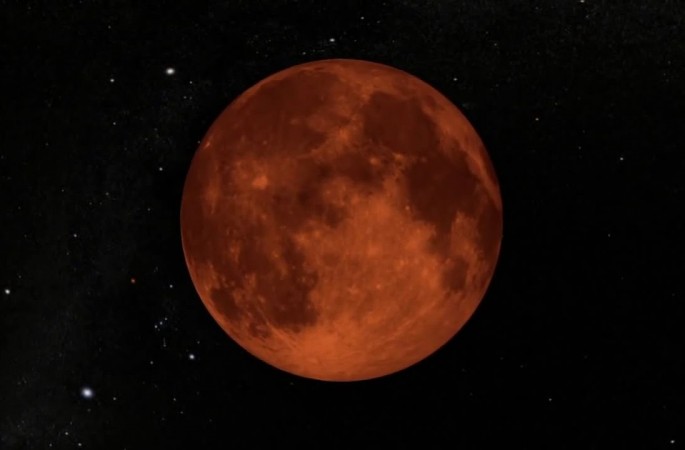Finally after more than 30 years, people will witness a Supermoon eclipse together with a lunar eclipse. Late on Sept. 27 Sunday, in the United States and much of the world, a total lunar eclipse will mask the larger than life face of the moon.
Watch NASA's live stream from 8 p.m. until 11.30 p.m. EDT air from Marshall Space Flight Center in Huntsville, Ala., together with a live feed from the Griffith Observatory, Los Angeles, Calif. In addition, a NASA solar physicist, Mitzi Adams, at Marshall will hold a discussion about the eclipse and respond to questions from Twitter through #askNASA.
According to NASA, lunar eclipses have been perceived with awe and fear. Currently, human beings understand that a total lunar eclipse occurs when the full moon crosses the umbra - the darkest part of the Earth's shadow.
This Sunday's Supermoon eclipse will last for 1 hour 11 minutes, and will be seen in the Americas, Africa, Europe, eastern Pacific, and parts of West Asia. However, those living in Europe and Africa will have to wait until early morning hours of Sept. 28.
The moon reflects light received from the sun because it does not produce its own light. As a result, during a lunar eclipse, the moon appears less and less bright since sunlight is blocked by the Earth's shadow.
As totality approaches, sunlight reaches the moon indirectly and is refracted around the edges of the Earth through the atmosphere. In the process, almost all colors but red are filtered out, and the eclipsed moon appears reddish or dark brown. The filtering results from particulates in the Earth's atmosphere.
In the event of incidences of a lot of fires or volcanic eruptions occur, lunar eclipses will appear redder and darker, making the eerie to be referred to as "blood moon."
The live feed from NASA's Marshall Space Flight Center through Ustream will provide viewers of the eclipse from not only the Griffith Observatory, but also the Fernbank Observatory in Atlanta, Adler Planetarium in Chicago, and other places all over the U.S.
For those who will miss this event, they will have to wait until the next Supermoon eclipse that will occur in 2033.



























